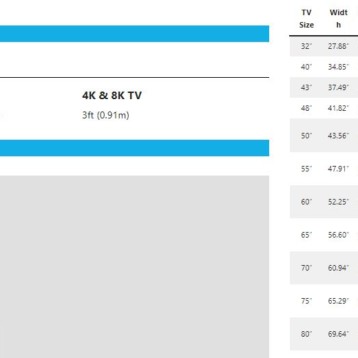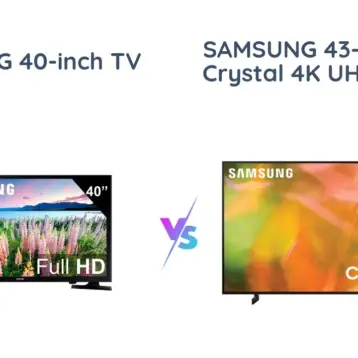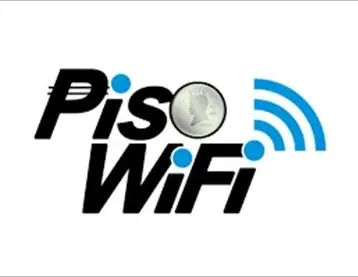The Internet’s freshest facial recognition hardware is called FaceIt and it has interesting, if not a bit daunting, software. Faceit is the facial recognition program created by the engineers and researchers at L-1 Identity Solutions. The program recently was awarded the Best all-around face recognition performer in the Facial Recognition Vendor Test (FRVT) 2006 sponsored by the National Institute of Standards and Technology (NIST). The program’s algorithms scored at or near the top in every single test including matching accuracy for 2D as well as 3D face recognition.
The fear factor, that arrives almost instantaneously whenever a scan is thought of, for the face, centers around the breach of privacy issues. These concerns are well founded and have to be considered with the advent of this groundbreaking, interesting, new technology.
However, there is no need to run amuck in the streets and to radically alter the appearance of your face. That need may come at a later date but for now, in 2011, it is not a necessity. The facial recognition software that is available today to the general business corporations out there, as well as most of the governments, simply is not at such a stage of advanced delivery and implementation. The technology is only available to the largest of well-funded corporations. The technology has grown by leaps and bounds and is there today but at a cost that is unattainable to the average company.
Facial recognition is a computer application that is used to automatically identify or verify a person from a digital image or a video frame. What these crude at present systems do best is to compare your facial accents to a set of ones contained within a database. It is like having a matrix of truly unique and identifiable facial points, on your mug, and having the ability to edit and add onto these points of personal preference, and then compare and contrast for admission or rejection.
In the early days of facial recognition, there were algorithms that were used to extract facial landmarks or features. A good example of this is the comparison of a person’s chin to that of over one million other persons. While it is easy to think that you have a chin identical to even your sister or brother, to a computer and a program designed specifically to pinpoint the set of unique and qualifying features in your chin, your chin is one of a kind!
The facial recognition algorithms of the past were crude representations of static facial templates. The normal basis for comparing and contrasting facial points, in the past, relied mainly on non-technical proximity based software.
Some of the programs that are in wide use today are found in the laptops and PDA’s that you could be communicating on at this very moment. There is no cause for alarm, yet, as these programs only are the tip of the iceberg for what facial recognition researchers and scientists are hoping this technology evolves into. Facebook, Google, Apple and the U.S. government are all actively working on all types of facial recognition hardware and software.
Facebook has a program that tags the pictures of over 750 million users and does this in a blink of an eye! A study by Carnegie Mellon researchers pointed to the apparent ease that Facebook, primarily, can take the users’ pictures slide them into a seamless database, and have that user identified as easy as one, two, three. The program automatically tags each picture that is on a users account and makes this an easy method for grouping faces to people.
TFOT has covered new technologies that are related to facial recognition in earlier issues. Please read the previous article “Criminals Beware…,” and make sure to check out our coverage on organic facial recognition as well as the information on communicating without using words. To learn more about the FaceIt program access this site and learn how to disable the Facebook facial recognition feature.











